Are You Recovering?
By: Nikki Reiter
 As runners, we know how to work hard in training, but do we know how to recover in order to reap the benefits of our efforts? When it comes to running, more intensity is not always better. Dr. Neil Eves is an Associate Professor in Exercise Physiology at UBC Okanagan and has worked with multiple Canadian national teams. He has extensive experience monitoring how elite endurance athletes recover from the stresses their training imposes on them and has lots to share to help the average runner succeed in achieving proper recovery.
As runners, we know how to work hard in training, but do we know how to recover in order to reap the benefits of our efforts? When it comes to running, more intensity is not always better. Dr. Neil Eves is an Associate Professor in Exercise Physiology at UBC Okanagan and has worked with multiple Canadian national teams. He has extensive experience monitoring how elite endurance athletes recover from the stresses their training imposes on them and has lots to share to help the average runner succeed in achieving proper recovery.
Recovery is Important for Performance
High intensity training challenges the body to adapt to and handle ever-increasing training demands. Runners who engage in higher intensity workouts, followed by easier runs, cross training sessions or rest, often see improvements in their racing performance. This is because the body is given the chance to adapt to the training stimulus of the higher intensity bout. Dr. Eves warns that not enough recovery between workouts can eventually lead to overtraining and that hard workouts “come at a cost, as fatigue is the runner’s enemy when it comes to being able to continually perform in workouts and competition.”
The Physiology of Recovery
“During exercise the body utilizes energy reserves, creates unwanted byproducts of energy metabolism (i.e. lactic acid) and can develop micro-damage to tissues that all need to be restored, removed and repaired over time.” During recovery, our bodies seek to undo the stress and adapt to future loading of stress. Dr. Eves explains that depending on how hard we worked this process could be from a couple minutes to many days.
Research has yet to define how much time is required for recovery to occur, and this is due to the individual differences in the rate of recovery between runners. According to Dr. Eves, “recovery times vary depending on the amount of training stress accumulated, the initial fitness of the athlete, the quality of the rest and recovery performed, the quality of sleep and the quality of nutrition the athlete gets, etc.” Generally speaking though, one to two days of either light running or cross training will get you ready for your next key workout if you didn’t over-extend yourself in the prior workout.
Monitoring Recovery
Recovery is important for all athletes and can sometimes be more of a problem for the recreational athlete, especially those planning and monitoring their own training. Listening to one’s body is step one. “If you are becoming lethargic and loosing the drive to train, if you are tired all the time, waking up more frequently at night, etc., then you are most likely not managing stress well.”
“A key element to monitoring and managing training stress is to realize that exercise is only one form of stress and family, job, financial and relationship stress, etc. all add up on top of the training.” Thus, it’s recommended that runners take these factors into consideration when planning when they will perform their key workouts. A rule of thumb is to ensure your ‘easy’ or ‘rest’ days truly are that, and aren’t confounded by other life stressors.
Try This At Home
A simple monitoring technique to determine readiness for a hard workout session is monitoring morning resting heart rate (RHR). Immediately upon waking, while lying in bed, take your RHR (this usually fluctuates naturally by ~3 beats/min each day and should remain stable or even decline slightly if you’re recovering and adapting appropriately to the training load). Following a period of hard training, if RHR has increased by more than 5-6 beats/min, you may be accumulating stress and additional recovery strategies or better training sequencing is needed to avoid excessive fatigue.
Additionally, many upper end heart-rate monitors are now offering a heart rate variability (HRV) measurement, which is growing in popularity for optimizing training and recovery. HRV is the difference in time between consecutive heartbeats. Dr. Eves explains how you can use tool effectively to help monitor your training:
- HRV is measured while lying in bed, immediate upon waking. An appropriately trained and well-rested individual will have considerable HRV, while an over-reached or under-recovered athlete would have more uniform beats (i.e. less HRV).
- Although this is an attractive monitoring technique, it should be noted that there is considerable variation between individuals and between days and there are a number of factors, which can affect daily HRV.
- Thus, an individual should perform multiple HRV measures first during the transition phase or off-season to gain a ‘baseline’ reading of their individual HRV. An ‘upper limit’ can be determined after the end of a 2-3 week high volume training phase.
- A continuous-monitoring approach allows one to understand their ‘normal response’ to a period of recovery or significant training stimulus and then comparisons throughout the rest of the season can be made in relation to these responses.
In summary, Dr. Eves presents the idea that “it’s often believed by many athletes and coaches that ‘a day not training is a day wasted’ but in the science of training, quality rest and recovery is essential for optimum performance. It is therefore important to change this philosophy and consider rest and recovery as training. “
Happy Running!
***
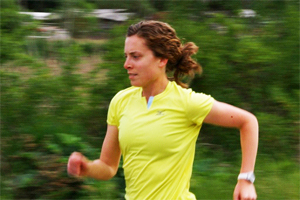
Nikki Reiter is a Mizuno Running Brand Ambassador from Kelowna, BC. She holds a master’s degree in biomechanics, coaches Cross Country at UBC Okanagan and is the founder of Run Right Gait Analysis Service (run-right.ca).


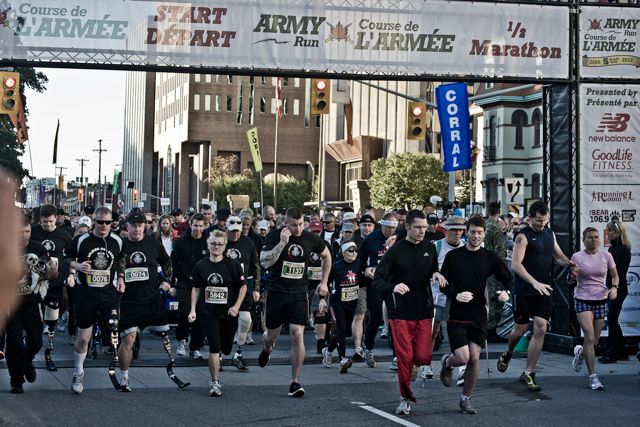
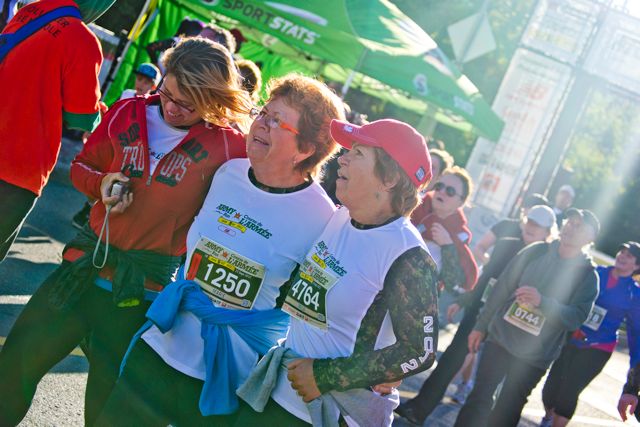




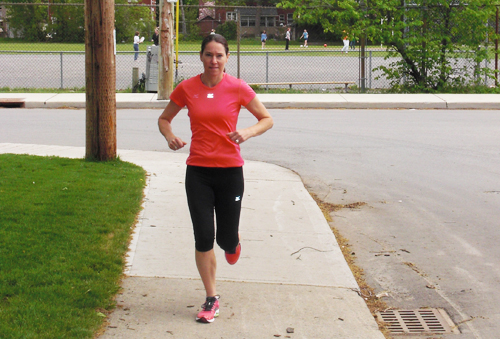







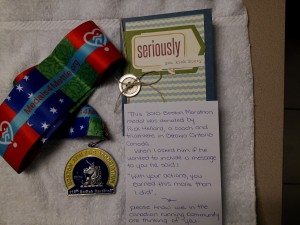
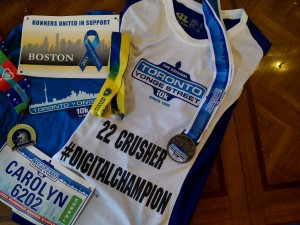

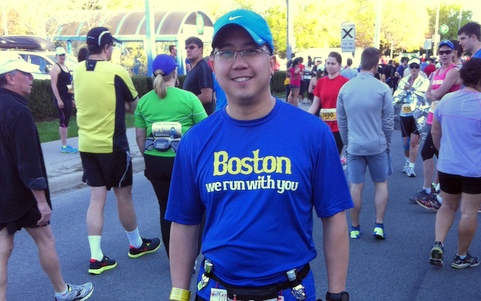
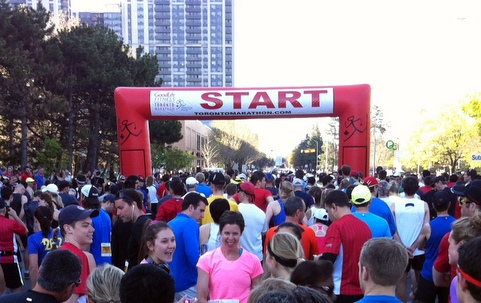


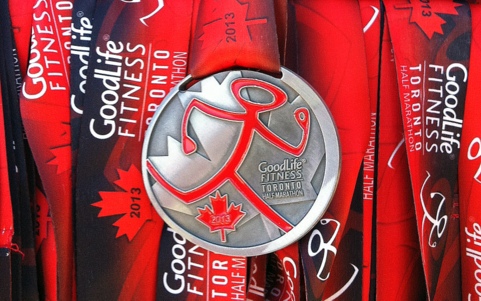



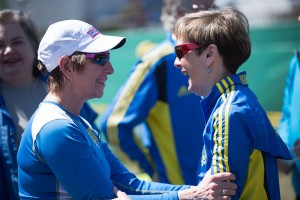
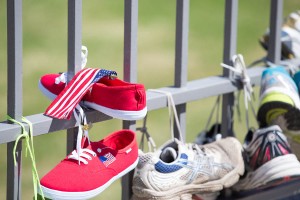

 Our Magazine
Our Magazine
